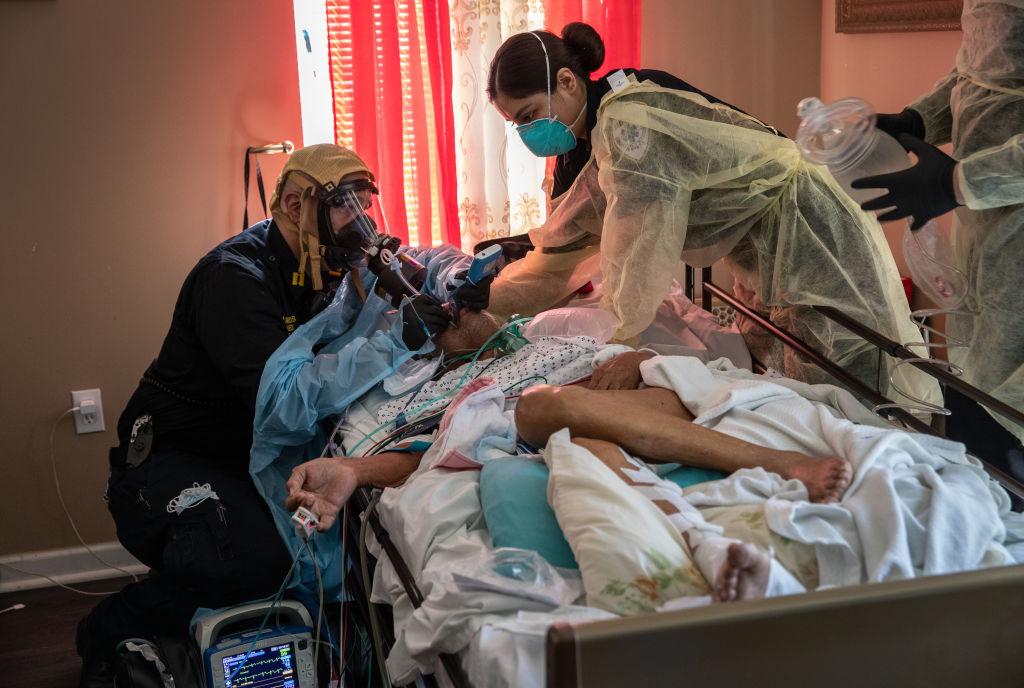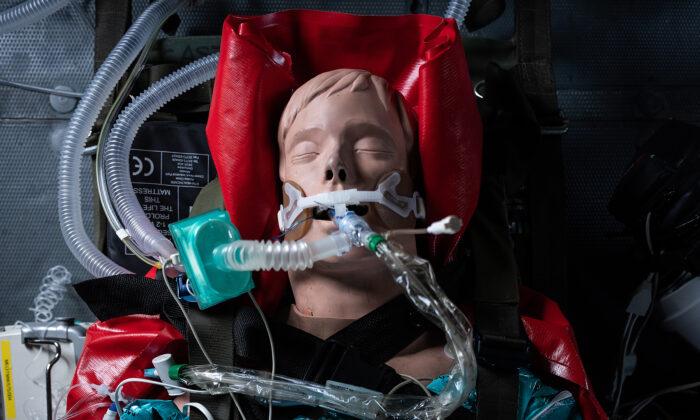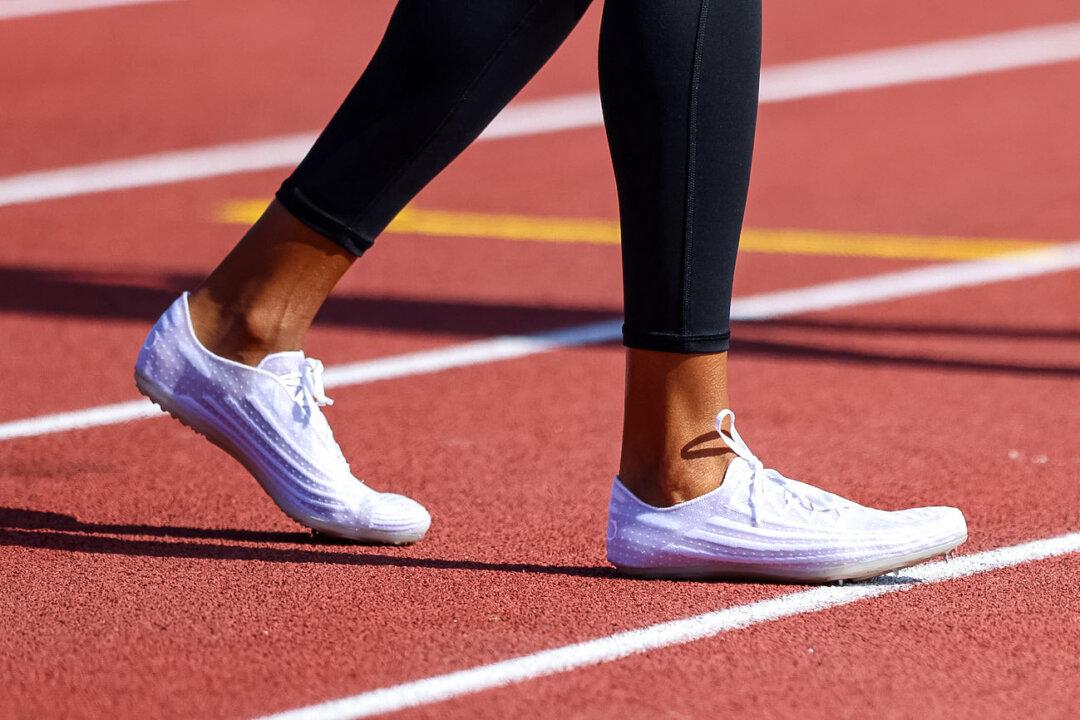“The presence of only hypoxemia should in general not trigger intubation because hypoxemia is often remarkably well tolerated,” the team wrote, with the caveat that the most appropriate timing for intubation of oxygen-deficient COVID-19 patients is “not well known at the moment.”

Still, findings suggest the criteria for intubation and mechanical ventilation should be based less on the level of oxygen in the blood and more on how much difficulty breathing a patient is having.
“With the current experience, the trigger for intubation should, within certain limits, probably not be based on hypoxemia alone but more on respiratory distress and fatigue,” the researchers wrote.
Putting someone on a ventilator is an invasive process that involves intubation, which while it can save lives in patients with severe respiratory distress, it also increases the risk of damage to the lungs.

In patients that need to be put on a ventilator, steps should be taken to prevent lung damage, which can include lowering the pressure at which the oxygen is supplied to the patient, known as “driving pressure,” the team said.
“A high driving pressure is associated with poor patient outcome,” they wrote. “Our current experience is that COVID-19 patients can be ventilated with a low driving pressure less than 15 cm H2O, often as low as 5-7 cm H20.”
A limitation identified by the team is that, to date, no randomized studies have been conducted specifically targeting the driving pressure in interventions of COVID-19.

A further key message of the new recommended strategy is that supplemental oxygen should be treated as an essential first step in the treatment of severe COVID-19 patients with hypoxemia. It should also be a primary focus in resource-limited settings where the capacity for invasive ventilation is limited.
The researchers noted that oxygen delivery can be enhanced by using a non-rebreathing mask and prone positioning of patients.
“This ventilation strategy might reduce the currently very high case fatality rate of more than 50% in invasively ventilated COVID-19 patients,” the team noted.







Friends Read Free